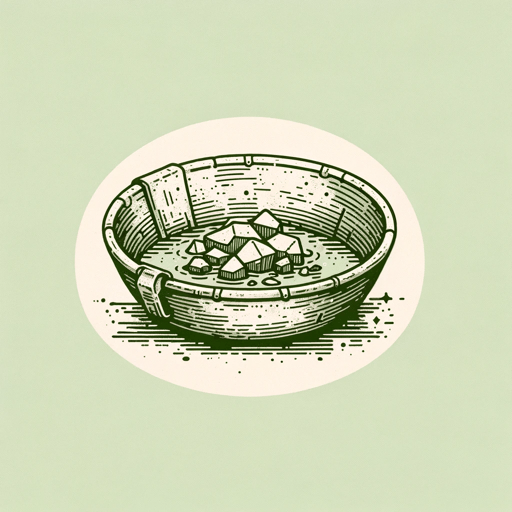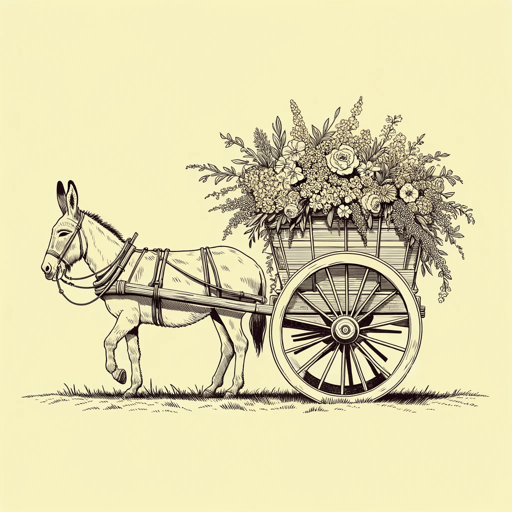30 pages • 1 hour read
Bret HarteThe Luck of Roaring Camp
Fiction | Short Story | Adult | Published in 1868A modern alternative to SparkNotes and CliffsNotes, SuperSummary offers high-quality Study Guides with detailed chapter summaries and analysis of major themes, characters, and more.
Important Quotes
“There was commotion in Roaring Camp. It could not have been a fight, for in 1850 that was not novel enough to have called together the entire settlement. The ditches and claims were not only deserted, but ‘Tuttle’s grocery’ had contributed its gamblers, who, it will be remembered, calmly continued their game the day that French Pete and Kanaka Joe shot each other to death over the bar in the front room.”
(Page 1)
This opening paragraph sets the story’s scene, tone, and characters. The initial state of Roaring Camp is established as a place where violence is ordinary and uninteresting, and the men prioritize their card games over fatal shootings. Additionally, the narrator’s elevated diction and amused view of the camp’s proceedings are introduced.
“Dissolute, abandoned, and irreclaimable, she was yet suffering a martyrdom hard enough to bear even when veiled by sympathizing womanhood, but now terrible in her loneliness. The primal curse had come to her in that original isolation which must have made the punishment of the first transgression so dreadful. It was, perhaps, part of the expiation of her sin that, at a moment when she most lacked her sex’s intuitive tenderness and care, she met only the half-contemptuous faces of her masculine associates.”
(Page 1)
This description of Sal introduces two main themes of the story: Christian Redemption with its allusion to original sin and its punishment (“the primal curse”), and Gender Roles and Childrearing. The men are “half-contemptuous” of Sal and her suffering, reaffirming the men’s initial hypermasculinity.
“The assemblage numbered about a hundred men. One or two of these were actual fugitives from justice, some were criminal, and all were reckless. Physically they exhibited no indication of their past lives and character. The greatest scamp had a Raphael face, with a profusion of blonde hair; Oakhurst, a gambler, had the melancholy air and intellectual abstraction of a Hamlet; the coolest and most courageous man was scarcely over five feet in height, with a soft voice and an embarrassed, timid manner.”
(Page 2)
The camp’s men are indeed “roughs,” but the reader is warned not to mistake appearances for truths. Their criminality is juxtaposed with tender descriptions, some of which allude to high art like Raphael’s paintings and Shakespeare’s plays. This ties in with the themes of Christian Redemption and Gender Roles and Childrearing, as the men change more profoundly than their appearances would suggest possible.
Related Titles
By Bret Harte



